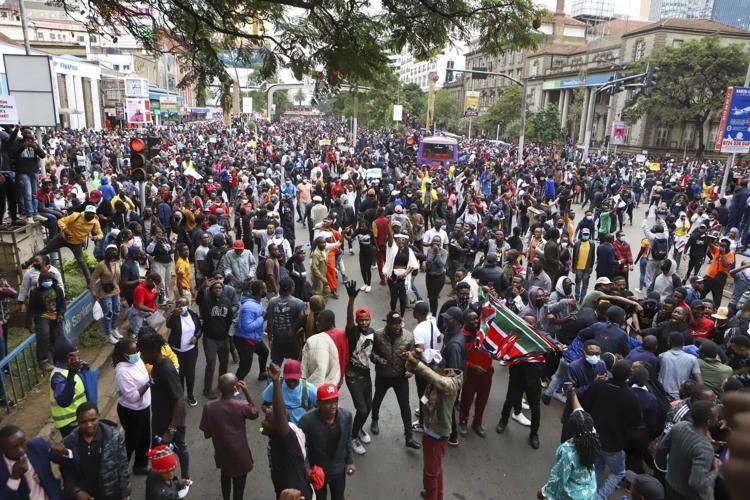Human beings construct their realities from what they read, hear, encounter, and perceive. What is real/true to someone might be unreal/untrue to another. The strength of the reality depends on how well it has been fabricated, how convincing it is, and its virality. In Kenya, agenda setting has always been used to sway masses and change public opinion and support. In the recent Gen Z demos, slogans such as “we are faceless/leaderless/tribeless” were meant to give the youth courage, make them believe that their anger was coming from within, and that their actions were spontaneous. While there could have been leaders and faces behind it, the agenda was well crafted to feed the youth with courage and anger that prompted them to march the streets against government incompetency.
A successful agenda usually invokes rhetorical tools to appeal to one’s emotions (pathos), reason (logos) and morality (ethos). A well-crafted agenda resonates with the masses and makes them believe that that the argument being fronted is what has been subconsciously lying in their mind. They will then share it in their social media to spur further spread, discussion and convincing. When others encounter a viral and well-convincing post, they are likely to believe in it.
While the social media era has only accelerated the construction of realities through agenda setting, )mis)information has always existed. In most family set-ups, generations spend their entire lives believing in constructed truths/lies. From a tender age, parents tend to fabricate realities for their children, sometimes based on unsubstantiated claims. Such claims, repeated, reinforced, and magnified, always result in undisputed realities for most people in their growth curve, which then shape their relationships with others, their thought process, worldviews, and perceptions.
Humans are wired to believe in popular and viral trends, and even if another picture is painted for them, they still tend to lean on what is trending, popular, and appealing. With the advent of the information analytic tools, agenda can be set and spread fast through social media. These analytics tools fast spread any (mis)information that that has been set to elicit a certain reaction from the people through bot liking and viral shares. The posts/agenda is further positioned ideally for easy noticing by anyone traversing social media (Facebook, X, Instagram etc.). When humans encounter a post that has been liked in thousands, they are likely to join the bandwagon and whatever is being peddled subconsciously registers in their minds as the truth. In the process, their opinion is swayed towards supporting the agenda, which could be aimed at painting a positive/negative image about something, someone, a regime, an institution etc.
Truth constructed around misinformation is usually difficult to demystify. When asked to give tangible and substantive facts why they believe in something, people will coil around the subject and emphasize on its popularity and virality without providing any substantial support.
The Columnist is a Research Consultant, Policy Analyst & Strategist






